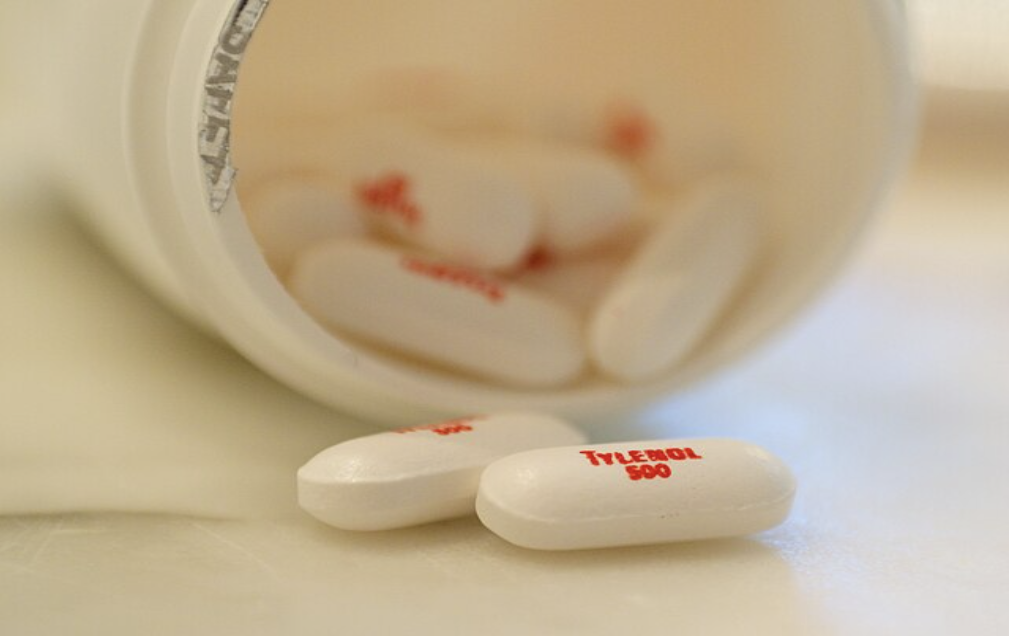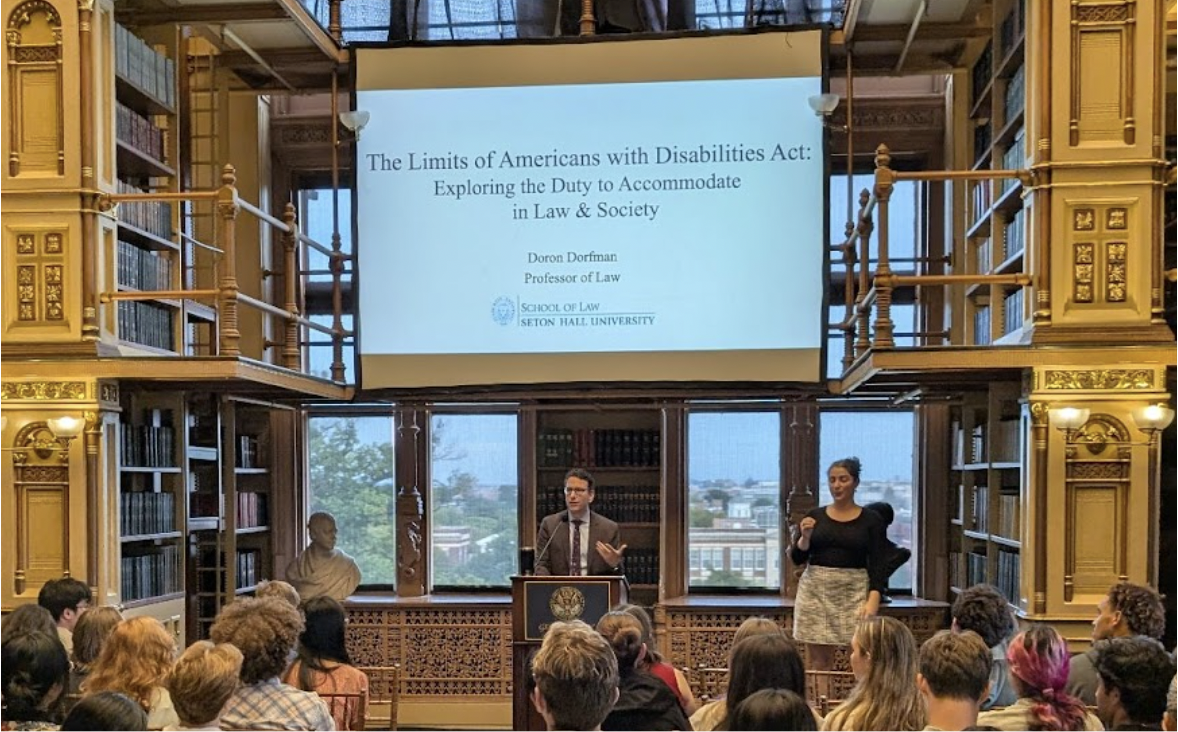When I reflect on what I am loving most about my senior year at Georgetown University, my answer is clear: school restrooms being consistently stocked with menstrual products. Following a long-overdue Georgetown University Student Association Senate vote for more accessible period products in Dec. 2023, bathrooms all over campus have finally become reliable sources of pads and tampons.
Though students can now easily access period products, not all Hoyas may be familiar with the fascinating biology behind the bleed. I understand why some people might not want to think too deeply about their periods: menstruation can be a big pain, literally. However, examining the science behind menstruation can help people with periods cut through harmful menstruation myths.
First, let’s take a closer look at the minutiae of menstruation. The menstrual cycle — the series of hormonal and physiological changes that occur as the body ovulates and prepares for possible pregnancy — can last anywhere between 24 and 38 days. It starts with a roughly two-week period containing the follicular and proliferative phases. The follicular phase features the release of follicle-stimulating hormone (FSH), which causes follicles (fluid-filled sacs containing immature eggs called oocytes) to enlarge and mature. Simultaneously, proliferative phase follicles produce a hormone called estradiol that causes thickening of the endometrium, the nutrient-rich tissue layer lining the uterus.
Next, the luteal and secretory phases begin, starting with ovulation: high estradiol levels trigger a series of endocrine events that spike levels of luteinizing hormone (LH), prompting the release of the oocyte from the mature follicle. This part of the cycle also lasts around two weeks and relies on the hormone progesterone to continue thickening the endometrium enough to allow an egg, if fertilized by a sperm, to implant.
However, if the egg remains unfertilized (and thus unimplanted), the cycle ends with the shedding of the endometrium in what we call a “period.” The body breaks down the endometrium’s thickened tissue and blood vessels, and uterine muscle contractions push this blood and tissue mixture through the vaginal opening. Sometimes, these contractions cause muscle cramping, leading to the abdominal pain people often associate with menstruation.
This last part of the cycle is undoubtedly the most recognizable, but it is also the most stigmatized. Historically, the media has perpetuated taboos and misinformation about periods, from crude jokes about moodiness associated with menstruators to individuals claiming that a woman’s hormones would make her too unbalanced to be president of the United States. However, most individuals do not experience significant mood swings leading up to their period, and research shows that other points of the menstrual cycle even heighten positive traits like empathy and communication. Evidently, attributing someone’s decision-making skills solely to their biology remains a reductive, often sexist approach.
The plethora of period euphemisms — “Aunt Flo,” “that time of the month,” “shark week” — signals just how uncomfortable people in the United States feel about this major aspect of half of the population’s health. This feeling, in combination with the projection of shameful notions onto periods, can lead to confusions and misinformation, meaning that menstruation myths abound, especially on the Internet. Recently, a trend called “cycle syncing” took TikTok by storm, claiming that planning exercise and diet around menstrual cycle phases benefits a person’s health, despite a complete lack of biomedical consensus. About 90% of menstruation-related TikToks are not made by health professionals, highlighting the potential for impressionable adolescents to receive misleading menstrual education online.
The first step towards combating menstrual misinformation is implementing better education, especially in low-income countries such as Ethiopia, where periods are so taboo that they often lead girls to skip school. Second, institutions like Georgetown are moving in the right direction by increasing access to menstrual products. Globally, over half a billion people suffer from period poverty, defined as a lack of period education, hygiene, products and other forms of menstrual care. Even in high-income countries like the United States, the “pink tax,” which refers to the tendency of consumer products marketed toward women to cost more than comparable male-oriented products, exacerbates the financial burden of having a period.
Finally, I believe that the simple act of being frank and open about periods is a powerful antidote to period stigma. The next time you frantically hide your pad in your pocket as you walk to the bathroom, remember that breaking the silence is necessary to normalize this natural process.




